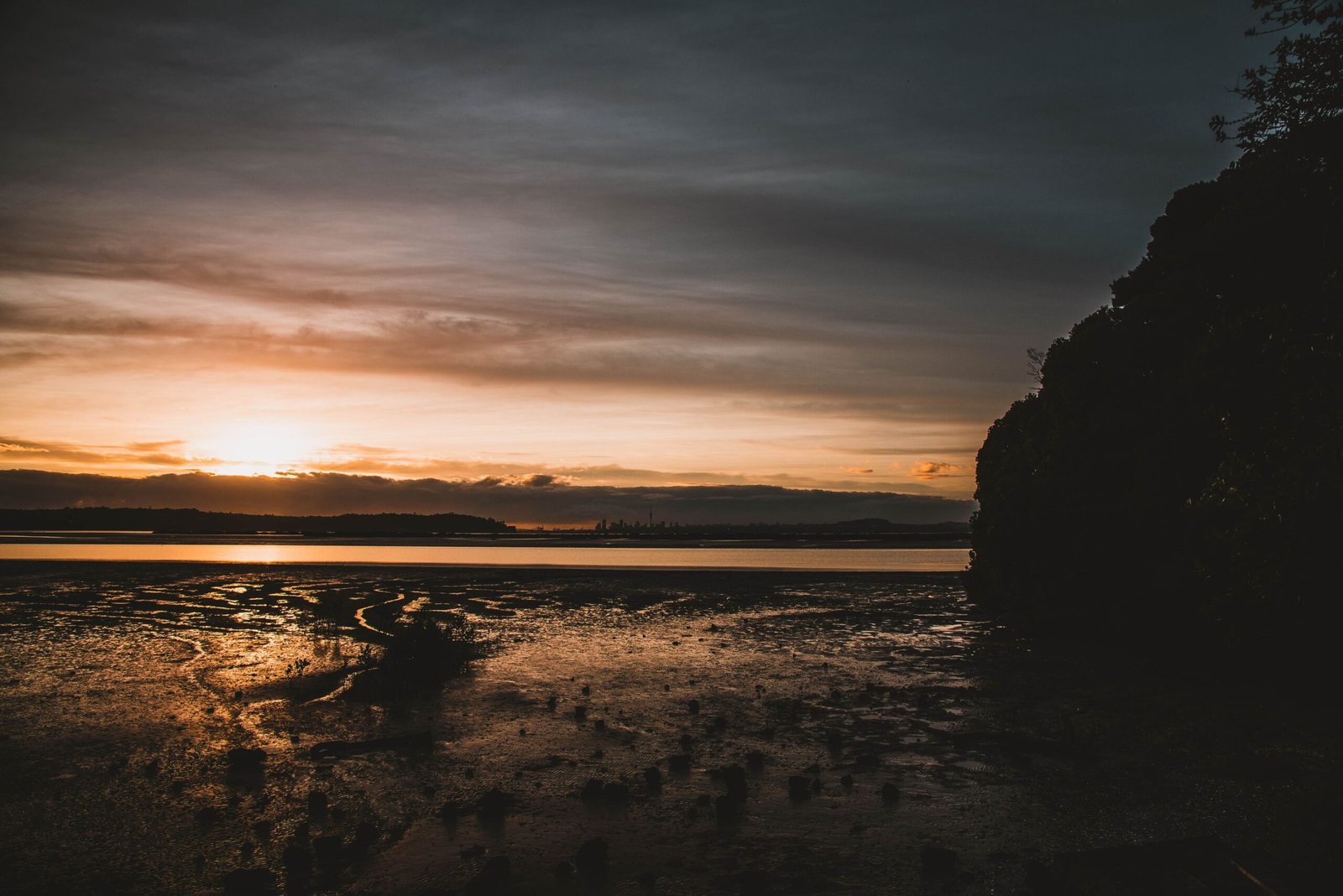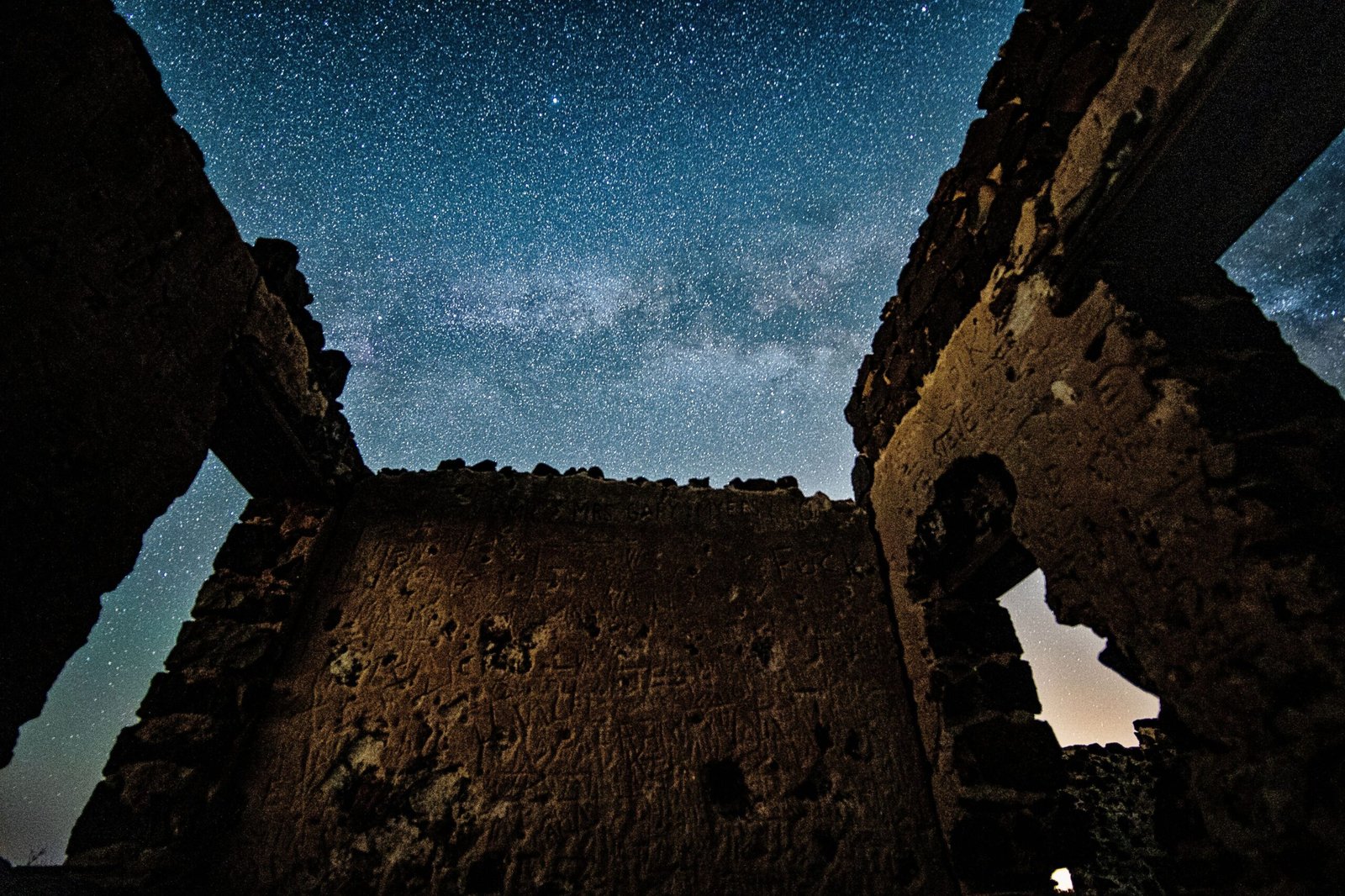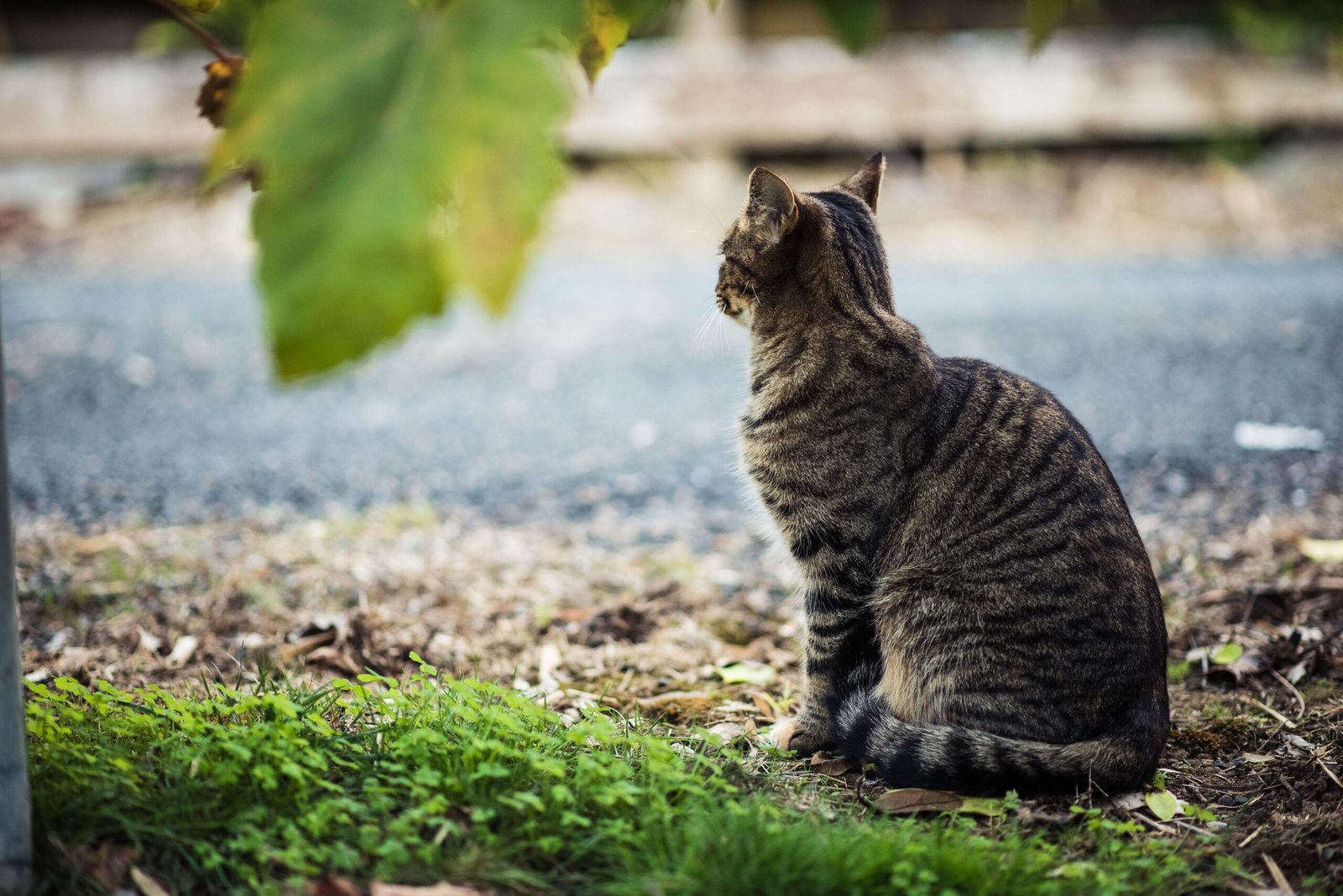Ghosting is a technique used by photographers to create a double exposure in a way that is similar to multiple exposures but with a less complicated setup. The ghosting technique will be best suited for shooting still something and not really moving objects. They are a little different as you will be able to see the ghosted image but not the subject you are shooting. Today we will talk about Ghosting in Photography.

Ghosting is a well-known phenomenon in photography in which a moving object appears to be transparent in a photograph. This happens because of a long exposure. While ghosting can occur in any long exposure photo, it is a popular photography technique because it is fun, challenging, and can produce striking results.
Ghosting is an occurrence that is often frustrating for both the photographer and the ghost. The ghost usually doesn’t know how or why their image came out blurry or unclear while the photographer often doesn’t know how to warn the ghost of the situation. For the photographer, it is important to think about the surrounding objects and environment when taking the picture.
Also, Read: What Is The Meaning Of Contrast In Photography?
Creation
It is important to think about how you are going to take the photo before you take it. Do you want to take the photo straight on or from an angle? Do you want to create a minimal background or a full background?. A full background might make it difficult for the ghost to cross through without looking as though they’re jumping into the photo. It is also important to consider your subject.

A ghosting effect may occur when a person or animal walks in front of a camera, and the person or animal is caught in a frame, but the shutter action is not triggered fast enough. Ghosting also occurs when the camera shutter does not close quickly enough when an object moves past the lens. This is often confused with lens flare, but it has a different effect than lens flare. Ghosting can be solved with a few simple steps. The first step is to use a tripod. The second step is to manually select the shutter speed you want to.
Reflection
Ghosting is a term used to describe the reflection in photos of objects either in front of or behind the lens. Ghosting can happen when light is reflected off of the camera lens, before entering the camera, onto an object in the foreground or background. Phenomena can also happen when light reflects from any object, not just cameras, and travels into the lens. Ghosting can be reduced with a variety of accessories, such as a lens hood on the camera or a lens cover. Ghosting is just one of the potential risks taken when shooting without properly planning for the reflection of light.

When first encountering this issue, it is a good idea to do an internet search for common causes and solutions to ghosting before experimenting with your own methods. When the image is captured, ghosting is most visible in the darker areas of the image, as they will show up as a transparent area.
Film Photography
Ghosting is most common in film photography. There are many ways to reduce the appearance of ghosting. For one, the photographer can physically hold the camera motionless during the exposure. If it is not possible to hold the camera still, the photographer can increase the exposure time to produce less blur. Another solution is to use a cable release or remote control shutter to fire the shutter release without touching the camera. This reduces any added movement to the camera by the photographer.

Bad Impression
The term can also describe the action of not showing up to an event or to a planned meeting without notifying someone about the cancellation. Ghosting typically isn’t a polite thing to do, but in photography, it is used as a way to create an artistic effect by not focusing on the subject, letting the lines blur. This technique can be used to draw focus to something else in the photo. It can be used on a blank background to create an almost daydream-like look.

It can also be used as a metaphor for the feeling of missing someone, or the feeling that something is wrong. The reason being is that when a person is missing. You might see them walk by every once in a while and they feel close, but then they disappear again. The human eye is programmed to focus on the subject while ignoring the blurry background. When looking at an image, your eye can more vividly see the subject than the background. Ghosting in photography will cause the background to be blurry due to the time of exposure for the image.
Conclusion
Ghosting is a technique that has been used by photographers for a long time yet it remains largely unknown to the photography community. Photography purists have raised their eyebrows at these techniques but they have provided a lot of useful information for photographers and have helped them create amazing photographs. The main idea is to shoot two images of the same scene at different exposures that will later be combined to produce a single image that exhibits several characteristics of exposures.